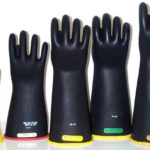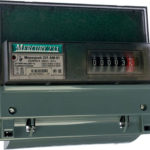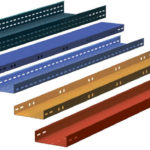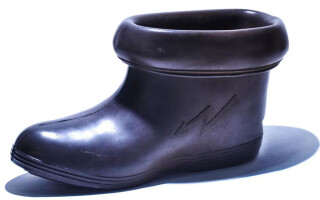Compliance with safety rules when performing electrical work allows you to avoid injury situations involving not only injuries, but even death of a worker. According to Order No. 328n of 24.07.2013. "On Approval of the Rules for Labor Safety in the Operation of Electrical Installations., a specialist who starts working on electrical installations must wear protective clothing and footwear made of polymer materials.
Contents
Why and in what kind of installations are dielectric boots and galoshes used?
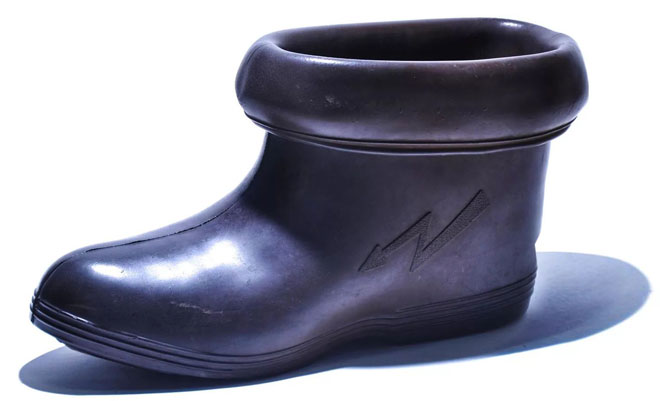
Classification of power equipment group includes design features, power, type of use, current frequency, features of the operated room.
The design features allow to subdivide the installations into:
- open, i.e. located outside the room;
- indoor, i.e. located indoors
- covered from the snow or rain with a canopy.
According to the value of power they are divided into operating electrical installations up to 1000 V and over 1000 V.
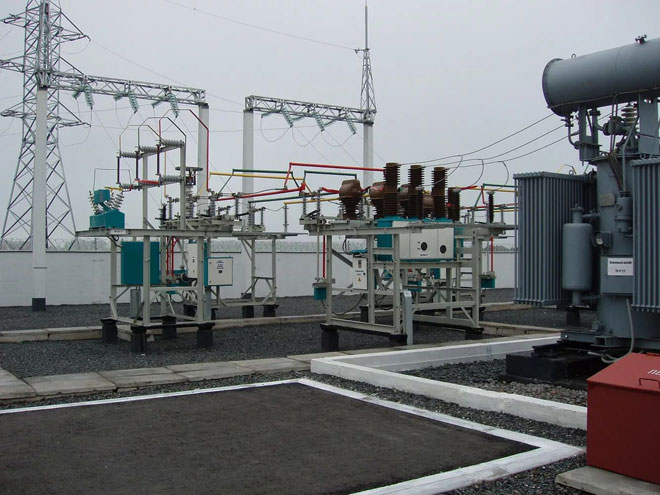
Regardless of the type of power equipment, the use of protective clothing and footwear is essential. Their use allows you to protect people from step voltage (voltage between two points on the ground, equal to the length of a person's step).
Important: Dielectric galoshes are used when working in electrical installations up to 1000 volts; they are marked with the symbol Ensymbol indicating the protective properties of the object and the method of manufacture. Dielectric boots are used in any enclosed electrical installations (in dry weather it is also allowed in the open), regardless of the voltage class; they are designated by the letters Ev.
Production of elastic products is subject to the requirements of GOST 13385-78 "Special dielectric shoes made of polymer materials. Technical conditions".
How to use them
Before putting on boots or galoshes, it is necessary to test them. The procedure consists of:
- checking the test stamp;
- examining the products for various mechanical damages;
- control over the preservation of quality characteristics of the original raw materials.
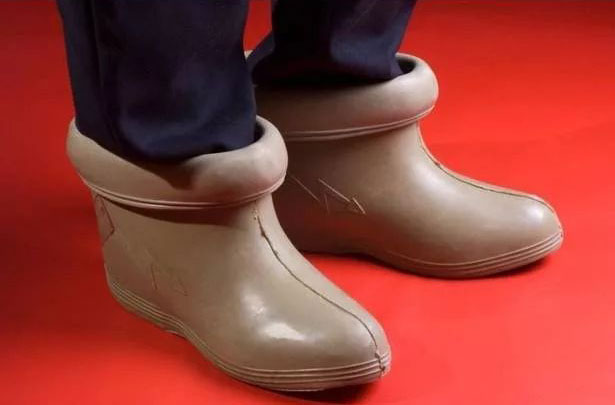
Varieties of special rubber shoes
Dielectric shoes include:
- boots;
- galoshes;
- boots.
Glued rubber galoshes
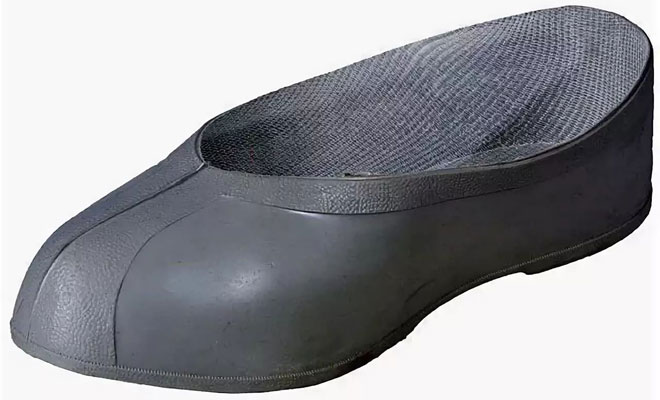
Laminated galoshes are multilayered products with a circular shape. They consist of:
- rubber uppers;
- a similar grooved sole;
- A paper or twill backing;
- a dense knitted lining;
- Internal elements that create additional durability.
The color of the rubber is beige or light gray.
Important: when working in regions with a tropical climate the textile material should be impregnated with antiseptic.
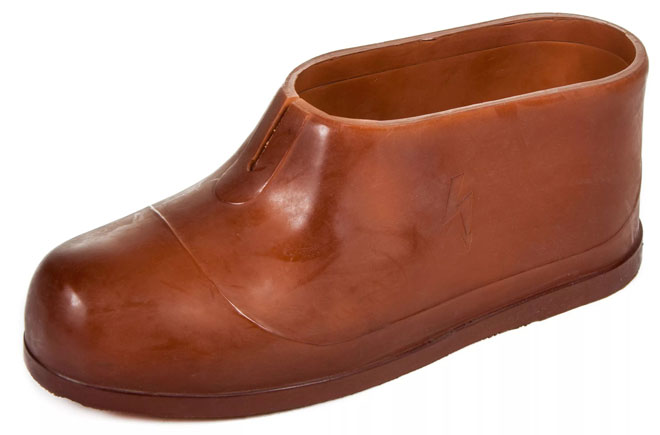
Rubber bonded boots
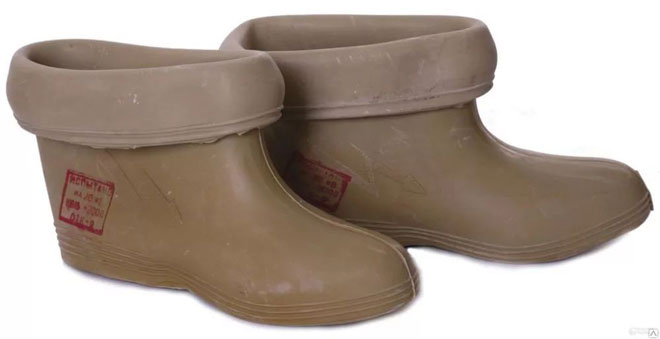
Dielectric boots differ from galoshes with the lapel in the upper part. The lapel is necessary to protect against the penetration of liquids.
The production of boots is subject to the following requirements:
- the height of the product must be at least 16 centimeters (taking into account the wrapped collar);
- the thickness of the sole of not less than 0.6 centimeters;
- the lining must be made of dielectric material.
Moulded Rubber Boots
Production of shaped models involves the manufacture of blanks of a particular rubber compound, their subsequent assembly, molding and vulcanization. In the final stage, burrs, pressings and other deviations from the norm are removed. Finishing of the whole product is carried out.
According to GOST 13385-78, molded boots do not have internal reinforcing parts and textile lining. Lapels are present, as in adhesive products.
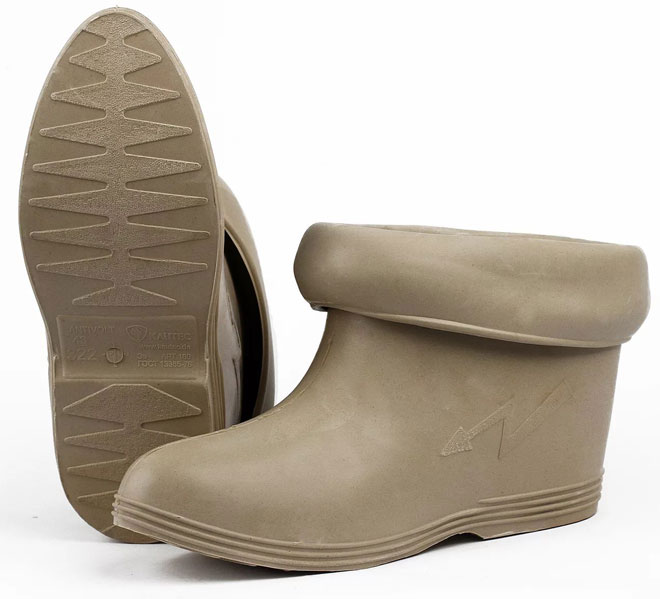
Rubber boots shaped PVC
The construction of boots consists of:
- shin, narrower at the bottom and widened at the top;
- Corrugated sole with a heel of polymer material (rubber or PVC);
- Inner textile lining.
ImportantImportant: regardless of the type of shoe, the material used must be free of hard and soft foreign bodies and bubbles (except for the toe part), detached elements, rubber or PVC protrusion through the lining, delamination of some internal parts and other inaccuracies.
Basic Technical Parameters and Dimensions
The most important technical parameters of footwear include the width of the cuff and the height of the boots and boots. All characteristics are specified in GOST 13385-78.
Electric tight footwear has the following size range:
- men's galoshes - 240-307;
- women galoshes - 225-255;
- boots (both men and women) - 292-352;
- men's boots - 247-307;
- women's boots - 225-270.
The size inside the product is not regulated by regulations, it corresponds to the padding and is not checked during testing.
If you need a size 315, which is present only in the boots, it is ordered individually.
Conditions of storage and operation
Storage of special footwear is a responsible process. The following conditions must be met:
- the presence of a dark closed room;
- ambient temperature must be above 0 degrees Celsius (exceeding 20-degree mark will adversely affect the quality of rubber products);
- availability of shelving or wooden shelves in the warehouse;
- requirements to relative humidity - 50-70%;
- presence of protective clothing and footwear in the immediate vicinity of heating units is unacceptable. It is allowed to keep items to wear in relation to the heating systems at a distance of one meter or more;
- Close proximity to chemically aggressive environments: acids, alkalis, some liquids, industrial oils can provoke ingress of substances on the surface of products with subsequent damage.
Important: electrical safety shoes must be used in accordance with the rules for the use of protective equipment used in power installations. It must be ensured that they are not mechanically damaged by hard, sharp objects or chemically aggressive substances.
In a simplified version, it should be borne in mind that boots or galoshes are worn over existing clean and dry shoes. After completing the work, the rubber products are removed and left on the premises of the electrical installation. If necessary, they are cleaned of dirt and dried.
Shelf life
Subject to appropriate conditions (proper transportation, storage, operation) shelf life of rubber products is one year, and in the Far North and remote areas up to one and a half years from the date of manufacture.
Verification process of dielectric boots and galoshes
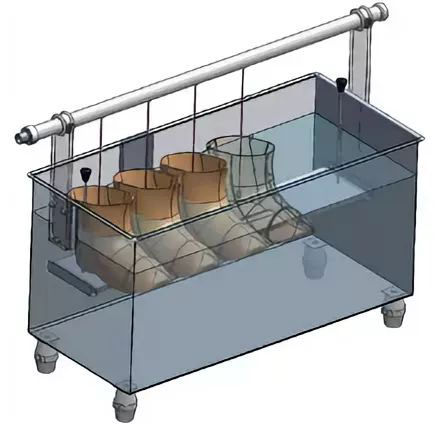
Electrical safety equipment is tested according to the norms of operational testing to avoid accidents. In the production process special footwear is subjected to regular and unscheduled tests. Unscheduled checks are carried out, if the examination of special footwear revealed any damage. Tests are conducted in accordance with approved regulations specially trained and certified personnel.
Testing periods and frequency
The frequency of testing of polymer bots - at least 3 times in 12 months. In some cases, the period is extended to 6 months. Ideally, shoes should be tested before any work in an electrical installation.
The time limit for testing protective equipment is one minute.
Is there a need to test new boots?
Electrical protective equipment received for use from manufacturers or from the warehouse, i.e. new, must be tested according to performance test standards.
How are dielectric boots tested?

The testing can be carried out both in the laboratory and at home on a high-voltage test bench. The test items must be clean and without any visible damage.
Important: When conducting tests it is necessary to leave the upper part dry.
Water is poured into the vessel. The liquid is necessary for immersion of tested objects in it. When checking boots, the height of the water must be at least 45 millimeters below the edge of the lapels. For galoshes, the height of the liquid must be no more than 25 millimeters from the edge of the shoe.
A current of 2 mA is passed through the shoes for galoshes and 7.5 mA for boots. The test voltage is 3.5 kV for galoshes; 15 kV for boots.
The results of the test are recorded in the test report, the protective equipment is stamped. Unsuccessful special footwear is marked with a red stamp.
Related articles:
